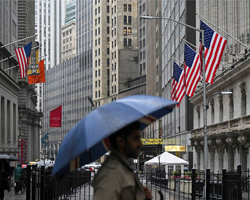The Week Ahead - RBA and RBNZ Rate Decisions In Focus | Daily Market Analysis
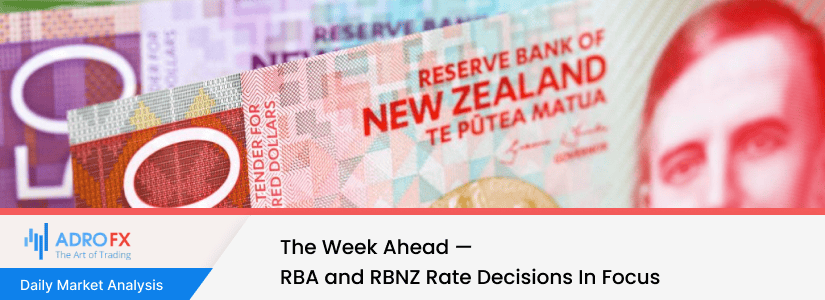
Key events:
- UK - Manufacturing PMI (Sep)
- USA - ISM Manufacturing PMI (Sep)
Central banks will start the new month with October decisions, but the latest U.S. jobs report could take over amid endless expectations of when the Fed will reach its "hawkishness" peak. After the latest panic in the markets and renewed buying frenzy for U.S. dollars, the reserve banks in Australia and New Zealand may be more inclined to maintain an aggressive pace of tightening and not loosen it yet. After the last rapid rise in the dollar, investors are likely to be hopeful that this time the release of employment data will be quiet, allowing non-dollar assets to recover.
A strong NFP is likely to be unwelcome
After the recent turmoil caused by worries about the UK economy and recession risks in general, the upcoming NFP report may be a welcome distraction for traders.

Before that, however, the US will keep an eye on ISM manufacturing and non-manufacturing PMIs due out on Monday and Wednesday, respectively. Despite three consecutive quarter-point Fed rate hikes, the U.S. economy shows no signs of significant damage. Despite some discrepancies between the various business surveys, the ISM PMIs are holding up relatively well.
If it stays that way in September, it will solidify the market's bets for another 75 bps rate hike in November. But the more important gauge for the Fed is the labor market. As long as inflation and the labor market remain high, the Fed will see no reason to lower the pace of tightening. So Friday's jobs report will be one of the most important factors before a decision is made in November.
The RBA may try to take its foot off the brake
The Reserve Bank of Australia is expected to raise interest rates Tuesday, but after four consecutive 50-basis-point hikes, many speculate that policymakers will opt for a smaller 25-basis-point increase in October.
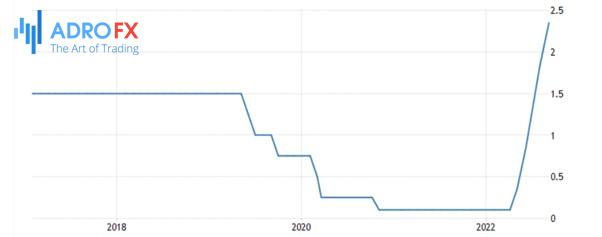
Governor Phillip Lowe has previously hinted that the Bank is approaching a point where it does not need to keep raising rates by 50 basis points, but how close will likely be determined at the meeting. Considering how much the RBA has tightened rates and that it meets more regularly than other central banks, a 25 bps rate hike seems reasonable. However, after the turmoil in the markets and the recent acceleration in the fall of the Australian dollar, policymakers may want to refrain from signaling a loosening of inflation control.
The RBNZ is likely to stick with a 50-bps rate hike
Wednesday will be the Reserve Bank of New Zealand's turn to announce its policy decision. Investors expect the RBNZ to raise the monetary rate by 50bp, maintaining the same pace as in the last four meetings.
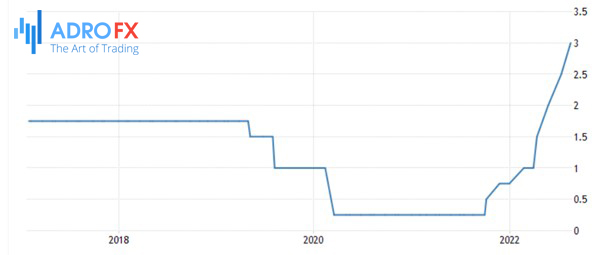
However, they estimate the probability of a 75bp rate hike at about 20%, which seems unlikely given that rates in New Zealand are already among the highest in major advanced economies. But more importantly, Governor Adrian Orr recently noted that the tightening cycle is "very mature," although he also stressed that there is still work to be done.
Will there be a rebound in Canadian employment?
Continuing to stick with the commodity-linked currency, the main event for the Canadian dollar will be Friday's employment data. The Bank of Canada is likely to be in a similar predicament as the RBA and RBNZ when it meets in just under a month, and the October employment report will be seen as a clue as to the size of the rate hike.
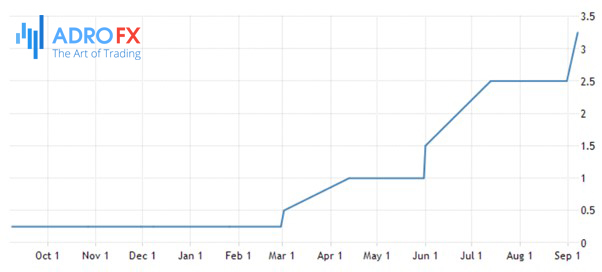
The Canadian economy has been losing jobs for the past three months, contrary to expectations, so another disappointing reading in September could increase the likelihood that 25 basis points will raise the rate at the next meeting. Even so, the consensus is likely to remain at 50 bps as the Bank of Canada has not changed its hawkish tone. Thus, the data is not expected to cause a strong reaction in the Loonie.
The euro and pound are struggling
Both the euro and pound are bouncing back from fresh lows made last week, with the latter falling to record levels against the US dollar. But in the absence of major drivers in the coming week, their recovery risks drying up.
Traders will likely focus on the minutes of the European Central Bank's September meeting on Thursday, looking for any hints about further rate developments. The ECB looks set to repeat its 75bp rate hike in October, but investors will try to gauge appetite for further big changes after the next meeting.
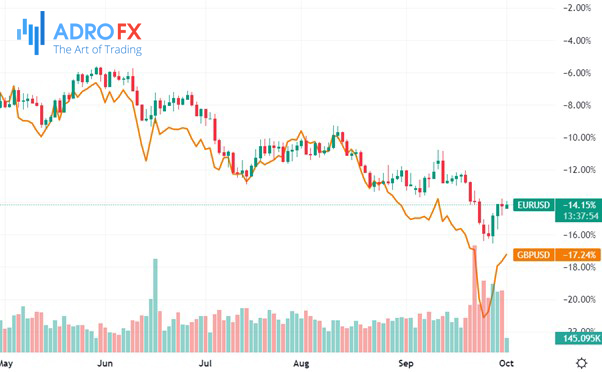
In the UK, the economic agenda is extremely sparse, but the headlines around the government's disastrous budget will continue to come in. The Bank of England has managed to restore some calm to the markets with an extraordinary long maturity bond-buying scheme, but the situation remains fragile. If volatility resumes, further intervention by the Bank of England cannot be ruled out, and the next intervention may come in the form of an unscheduled rate hike.
In any case, the euro and pound falls are far from over amid continuing concerns about energy rationing this winter.

